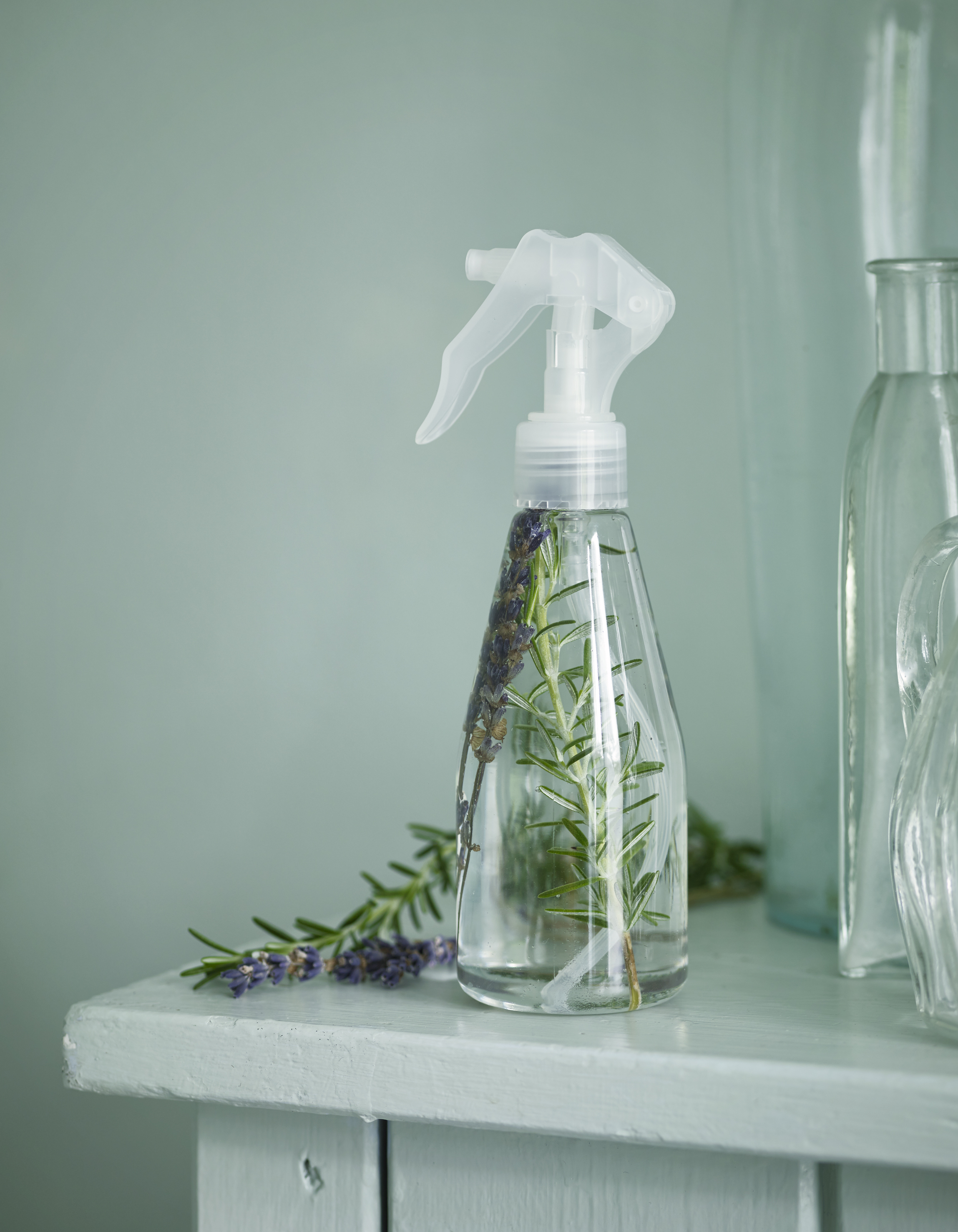
Creating a healthy home
Eco-agronomist, activist, food writer, urban farmer and entrepreneur – author Rebecca Sullivan does the lot, and she’s also passionate about passing on ‘granny skills’ to future generations. A self-taught cook who’s just released ‘The Art of the Natural Home – A Room By Room Guide‘, here she shares her first steps to creating a nature-based space.
Natural is a word that divides opinion. The dictionary defines it as “existing in or derived from nature; not made or caused by humankind”, but I’d say that definition has been exploited too many times. Our supermarket shelves and cosmetic counters are laden with ‘eco-alternatives’ for just about everything we use in our homes – but they’re not always truthfully marketed. After many unhappy experiences in stores, I took it upon myself to make a rule and try my hardest to stick to it – if I can’t eat it, I don’t use it.
Whilst an entirely natural home is certainly something to aspire to, it’s not always realistic. I’m the first to admit that I can’t always do so! Sometimes you won’t have time to make things from scratch – and when you don’t, there are always natural alternatives. But for the times you do have a few minutes up your sleeves, you can be assured you’ll save yourself money, have fun and know exactly what’s in the products you use around your home.
There’s no need for a mass exodus – making changes little by little is better than not at all
I’d advise starting with a fridge and cupboard detox. If it’s not natural, or from a natural source, then perhaps consider ditching it. There’s no need for a mass exodus – making changes little by little is better than not at all. Once you’ve done a clear-out, start building up some store-cupboard and fridge essentials for making your own natural products for every room of your house, including:
• Vinegar (white and apple cider)
• Salt, coarse and non-iodised, as well as some Epsom salts and magnesium flakes
• Baking or bi-carb soda
• Castille soap (natural and available online or in most good stores)
• Citrus fruit, peels and juice
• Jars and spray bottles
• A few different essential oils, such as lavender, peppermint and eucalyptus
• Linen or good quality dishcloths
• A good scrubbing brush
• Cheesecloth and/or muslin cloth
• Coconut sugar or raw sugar
• Nut oil (almond, jojoba, coconut)
• Olive oil
• Garlic (a LOT of garlic!)
• Dried herbs and flowers, such as sage, holy basil, rose petals, chickweed, hibiscus, rose thyme, calendula, lavender, rosemary
• Twine
• Scissors
• Mortar and pestle
• Honey (raw and local)
• Colouring (for soaps and candles)
• Beeswax, soy or paraffin wax
• Candle wicks
• Mica powders

When it comes to having a detrimental effect on our health, some of the worst household culprits often live in our kitchens. There’s nothing worse than the smell of chemical oven spray – sure it’s quick and easy, but with a tiny bit of muscle and patience, you can have a chemical-free clean oven! With that in mind, here are my top three spray-and-wipe recipes.
Oven cleaner
Ingredients
60g bicarbonate of soda
A little water
120ml vinegar white or apple cider
Equipment
A spray bottle
Method
Place the bicarbonate of soda in a small bowl and add a little water at a time, mixing until it forms a paste. Wearing rubber gloves, take a cloth and rub the paste over the entire surface of your oven. Depending on the size of your oven, you may need to make a little more. Leave for 12 hours to work its magic.
After that time, wipe all of the oven surfaces with kitchen paper and discard. Put the vinegar in a spray bottle and spritz all surfaces. Use a cloth and some warm water to continue to remove all of the residue. Give all surfaces a final wipe down with clean warm water and leave to dry.
Stove-top spray
I suggest giving your stove a wipe down with this spray every time you use it, to avoid any build-up of grease and grime.
Ingredients
1 part salt
1 part bicarbonate of soda
1 part water
Equipment
A spray bottle
Method
Put everything in the spray bottle and shake well before use. Spray the surface and wipe with a clean damp cloth.
Citrus all-round cleaning spray
This will clean and sterilise all surfaces in both your kitchen and bathroom, as well as leaving everything smelling delicious.
Ingredients
Peel from any citrus fruit
White vinegar
Water
Equipment
A small glass jar
A spray bottle
Method
Tightly pack the citrus peel into a glass jar and cover with white vinegar. Put the lid on and let sit for 2–4 weeks. Strain the vinegar into a spray bottle and top up with an equal amount of water. Spray directly onto surfaces and wipe with a damp cloth.
Rebecca Sullivan’s first book, ‘Like Grandma Used to Make’, was published in 2013. She’s the founder of Australian Native wellbeing brand, Warndu, and ‘The Art of the Natural Home – A Room By Room Guide’ is out now.


